Interview with Wallace K. Lightsey
As heard on “South Carolina Business Review” with Mike Switzer
Broadcast October 30, 2008
Introduction: Studies continue to reveal that one of the greatest fears for many people is public speaking. Here are some tips from the courtroom that will help seasoned and neophyte presenters effectively present their case in the boardroom, at client meetings, or anywhere else where the stakes are high. Trial lawyers who experience the pressure of jury trials and court arguments have learned how to perform at their best when speaking before a group, no matter their personal style or public speaking fears. Wallace Lightsey, who has been recognized as one of South Carolina’s “Super Lawyers” and is a Fellow in the American College of Trial Lawyers, offers the following tips for being at ease when speaking before a group.
Do you have to have a certain kind of personality to be a good public speaker?
No – anyone can become a good public speaker. The most effective trial lawyers were not necessarily born with the gift of oratory; it is frequently an acquired art that is developed through practice and technique. Unlike the portrayal in movies and novels, outstanding trial lawyers are not universally flamboyant or domineering by nature. The important thing is to find a presentation style that is natural to your personality and to be willing to put in the necessary time and effort to prepare for your speech or presentation.
If public speaking doesn’t come naturally to you, what can you do to make up for that?
There are two essential disciplines: preparation and practice. This is true for anyone, whether they are a naturally gifted speaker or not, and regardless of how many times they have spoken to large groups. Some may just take more time than others, depending on their personality and level of experience.
Different lawyers, and different speakers, may use different techniques, but my approach to preparing for a trial or a court argument consists of the following basic steps:
- Master the material;
- Spend the necessary time organizing, reorganizing, cutting, and refining an outline of the presentation;
- Try to structure the presentation around a few simple, compelling themes; and,
- Practice, out loud, until I am comfortable that I can make the delivery smoothly and with only occasional glances at my outline.
If you have agreed to make a speech or presentation, you have the same responsibility as a trial lawyer – it’s your job to create understanding and to make your remarks memorable. Accept that responsibility, commit to spend the time and effort to accomplish it, and consider following the same approach that I use:
- Know your material – pick a topic you know, or learn it if the topic was selected for you. You should know more about the topic than what you put in your speech.
- After you have outlined the presentation, go back over it again and again. Tighten it up, make it short and punchy. No one ever complained of a speech being too short.
- Hone it down to a few central points, and find ways to make them memorable.
- After the outline is close to final, practice, out loud, at least four or five times. When you do this, it is very likely that you will find parts of the presentation that you need to change or cut out altogether.
- If you are using audio/visual aids, practice with them;
- Time your speech and cut out material if necessary;
- Keep practicing until you know it well enough that you only have to glance at your notes now and then.
Working on the substance of your presentation.
As you start working on your outline, think about who the audience is and how you can bond with them. Keep in mind:
- Common interests and values,
- Mutually held principles or ideals.
Present the information in a way that is relevant to your audience:
- Keep it simple, make it memorable,
- Humor is good but not essential; failed humor can kill a speech,
- Show, don’t tell; don’t talk in abstractions – use images of sounds, sights, smells; consider pantomime or acting out some point,
- Find the critical word or phrase, stop, and explain it; find the nuance and dramatize it. Let the audience reach the conclusion with you,
- Summarize at the beginning and at the end, and use road signs in the middle to remind the audience where you are and where you are going.
How to deal with nervousness.
Butterflies are normal and they’re good. Even after years of experience, the most veteran performers still feel nervous before going on stage. Likewise, sports starts channel their nervousness into focus, energy, and performance. “Getting their game on” is a crucially important tactic – they are more afraid of feeling “flat” than of being nervous. If you’ve prepared well and practiced enough, the butterflies will go away once you start talking. To help relax just before you stand up to take the podium, take a deep breath, drink some cold water, and smile.
Tips for the actual presentation
- Look for an opportunity to spontaneously incorporate something that was said or that happened earlier in the program.
- Don’t read your remarks. You should have practiced enough so you can make the speech with only occasional glances at your outline.
- Use voice inflections and hand gestures to convey the meaning of words or phrases.
- Be willing to risk your ego to put meaning into remarks. In other words, don’t be afraid that it will “look stupid” if you use acting, singing, body gestures, or humor to illustrate or emphasize one of your points.
- Don’t apologize for your lack of speaking experience or the dullness of your topic. This is an ego defense designed to lower expectations, but all it does is predispose the audience not to listen.
- Don’t rush. Slow down and think in advance of important words or points to emphasize in your talk. Follow the example of many preachers and repeat important points.
How about audio/visual aids?
Audio/visual aids should always be considered. We live in a visual society; people remember what they see better than what they hear. Be creative – consider using movie clips, animation, or songs, not just PowerPoint slides. Most important, avoid “death by PowerPoint” – make your PowerPoint slides simple and interesting, and don’t just read what they say. Instead, say something different from what is on each slide that enlarges upon or illustrates the basic point on the slide. Finally, if you’re using electronic devices of any kind with your speech, arrive early to make sure the technology is working properly. It’s as important to rehearse the equipment as yourself.
Further information
The Wyche litigation group has great diversity in terms of background, interests and personalities, yet each attorney in this group is a great courtroom lawyer. This shows that the commonly held idea that only a certain personality type can be a successful trial lawyer is not correct. Please contact our firm for their personal tips for successful presentations.
This information is provided by Wyche, P.A. for educational and information purposes only and is not intended and should not be construed as legal advice.






